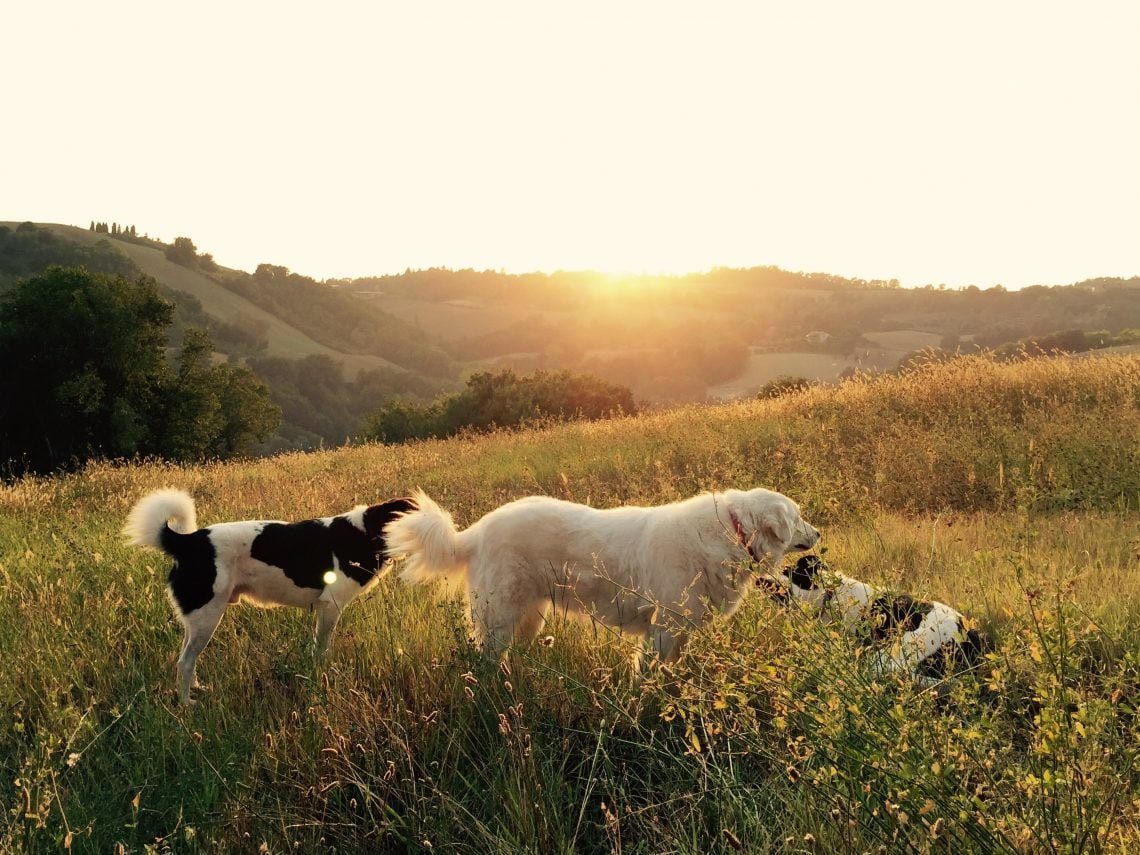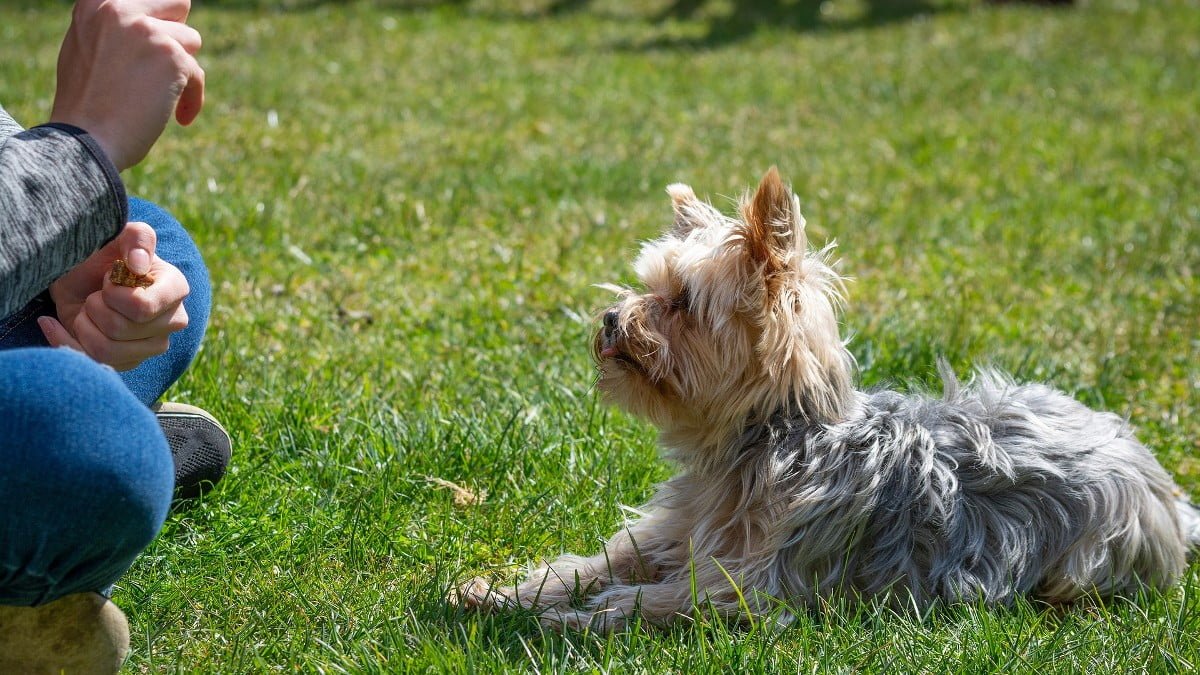
“Never put yourself at risk,” the DWSA tells dog walkers
The Dog Walkers & Sitters Association (DWSA) has reiterated its message that no dog walker should put themselves at risk while walking a dog, in light of the recent tragic death of a dog walker in Caterham.
“Details are slim but some news articles report that there were 8 dogs being walked,” the DWSA told The Canine Times.
“It’s important to remember that some councils have license requirements for dog walkers, and have done since January 2021.”
In a statement it said: “The tragedy highlights the importance of being adequately qualified and trained if you work with dogs in any capacity. The more a dog walker knows about canine behaviour and body language for example, the better. We have been working tirelessly behind the scenes, joining forces with www.PETmeUK.com to create a platform for canine professionals that is as much about standards and training as it is about putting members in touch with customers.
“Our members must complete a course created specifically for DWSA by the British College of Canine Studies, covering canine first aid, dog behaviour and dog law as well as dog walking basics (or demonstrate equivalent prior training).
“We receive occasional comments about how the dog walking industry is unregulated, and that nobody needs any of our stipulations to be a dog walker. But when something like this happens, we’re reminded of why we set out to improve standards, training and knowledge within the industry.”
It continued: “In relation to dog fights specifically, we know it’s easier said than done, not to intervene, but you should never try to break up a dog fight yourself. It’s very much about prevention and avoidance, reading situations, anticipating and avoiding. But even with the best prevention strategy, your dog could still be involved in a dog fight. And intervening can literally be a matter of life and death for your dog. But you must never put yourself at risk. It’s instinct to jump into the fray, grabbing the other dog or sticking your hands near their mouth. But even your own dog won’t recognize friend versus foe in the heat of the moment. You could suffer serious injuries as a result.”
It goes on to share the advice given by the KEnnel Club, the police and PDSA, including:
- Try not to panic. If you panic, you make your dog (and the biting dog) worse. Try to stay calm and focused.
- Don’t try to separate them yourself. It might be hard, but if you try to pull your dog out of harm’s way you could end up with some nasty injuries, too. You could also injure your dog further if the other dog hasn’t let go.
- Try to distract the other dog from a distance. Hopefully, the other dog’s owner will also be doing this, but see if you can distract it with a loud noise like a clap. Don’t shout at or make eye contact with the dog as this can make them feel more threatened and make things worse.
- Call your dog away. You may be able to call your dog away. The owner of the other dog may be able to do the same.
- Report the incident. If your dog has been injured, you can report it to the police by calling 101 and report it to your local council’s dog warden.
- Collect details. Get the owner’s contact details and a photo of the other dog (if you can) and note or photograph any injuries your dog has. If you can, check if the other owner has third party or pet insurance for their dog as this may cover you for any veterinary care required. You may also want the contact details of any witnesses.
- Take your dog to the vet. Even if your dog’s injuries don’t look serious, take them to the vet straight away to get checked over. Many bite injuries are a lot worse than they look due to damage to the muscles and tissue underneath the skin and the bacteria carried in dogs’ mouths.
The DWSA concludes: “This very much assumes a dog vs dog scenario, which is scary enough, but when you imagine potentially 8 dogs in the mix, it’s utterly uncontrollable.
“Please don’t ever put yourself in this situation, and keep the number of dogs you’re walking to 4 maximum. This is our advice and it’s for the safety of yourself, others and the dogs in your care.”






